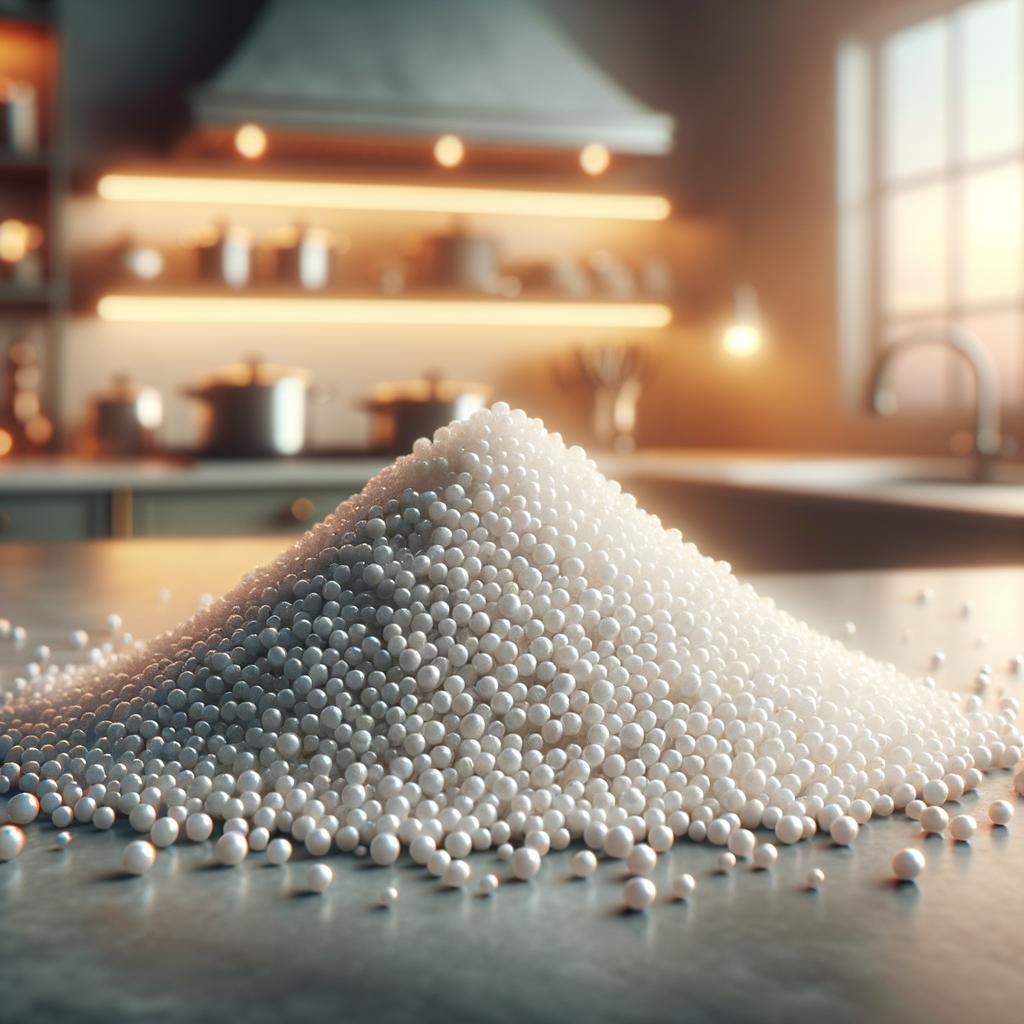Pearl Sugar

Description
Pearl sugar, also known as nib sugar or hail sugar, is a delightful culinary gem that adds a touch of whimsy to any dish. This dazzling ingredient is characterized by its large, pebble-like granules that are reminiscent of precious pearls. Its texture is hard and does not melt easily, unlike regular granulated sugar, which gives it a distinctive crunch when bitten into. The flavor profile of pearl sugar is sweet, but its magic lies in its ability to retain its shape and form, providing a delightful crunch in baked goods.
Primary Uses
Pearl sugar is a beloved ingredient in the world of baking and confectionery. It is most commonly used as a decorative element, adding a touch of elegance to pastries, cookies, and breads. The sugar's ability to withstand high baking temperatures without melting makes it a key component in Scandinavian and Belgian cuisines, most notably in Belgian Liège waffles, where it adds a delightful crunch and caramelization. Beyond the culinary world, pearl sugar also plays a role in festive celebrations in certain cultures, where it is used to adorn holiday-specific baked goods.
History
Pearl sugar's history is as sweet as its taste. Originating in Belgium, it quickly became a staple in the country's culinary scene, especially in the creation of the famous Liège waffles. The sugar's unique properties were discovered when Belgian bakers noticed that it did not melt like regular sugar when subjected to the waffle iron's high heat. Instead, it caramelized, providing a delightful crunch and a beautifully golden appearance. Over time, its use spread across Europe, particularly in Scandinavian countries, where it is used in traditional holiday breads and pastries. An interesting folklore associated with pearl sugar in Sweden is that it brings good luck and prosperity when used in baking during Christmas.
Nutritional Information
From a nutritional standpoint, pearl sugar, like all sugars, offers a source of quick energy due to its carbohydrate content. However, it's important to note that it is a form of refined sugar, and as such, it should be consumed in moderation. While it doesn't offer any vitamins or minerals, its unique contribution to texture and visual appeal in baked goods sets it apart from other forms of sugar. It's a testament to the fact that the joy of food is not just about nutrition, but also about the pleasure and delight it brings to our senses.

